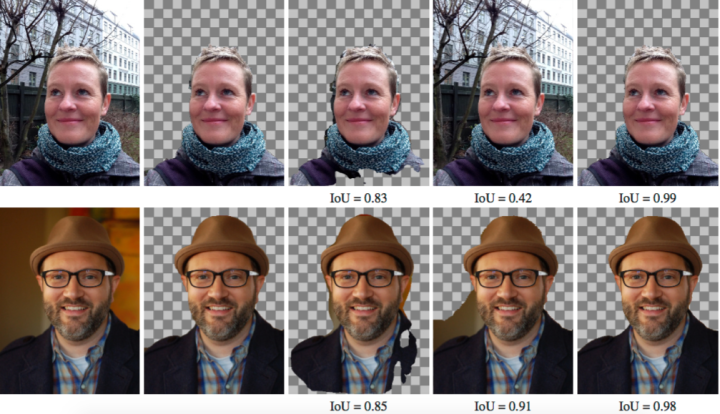
The result? A software that can automatically separate portrait subjects from their backgrounds. Once separated, the user could then easily blur out just the background, or apply filters to only the subject.
Artificial neural networks are basically computers designed to learn from a system inspired by the brain, and it’s this type of machine-learning method that’s behind the team’s new clipping software. As a human photo editor clips out images by hand, the computer picks up the different methods being used. With the the computer watching thousands of clips, the team was able to teach the computer how to accurately mask portraits, automatically.
While the tech certainly looks cool, the paper released by the group seems to suggest the software is designed more for selfie-lovers than professional portrait photographers, despite members of the Adobe research team participating in the project. That could change as the technology progresses, but finding the feature on an Adobe app before Photoshop wouldn’t be too surprising.
According to the paper, the research was inspired by the rapid increase of self-portraits. “The bulk of these portraits are captured by casual photographers who often lack the necessary skills to consistently take great portraits, or to successfully post-process them,” the team wrote. “Even with the plethora of easy-to-use automatic image filters that are amenable to novice photographers, good portrait post-processing requires treating the subject separately from the background in order to make the subject stand out.”
The team acknowledged that many user-guided tools for creating masks for selectively treating portrait subjects exist, but stated that “these tools can still be tedious and difficult to use, and remain an obstacle for casual photographers who want their portraits to look good. ”
The research comes just a few weeks after Photoshop introduced a face-aware liquify feature, which with one selection will automatically separate out the eyes, nose, and lips for editing.



